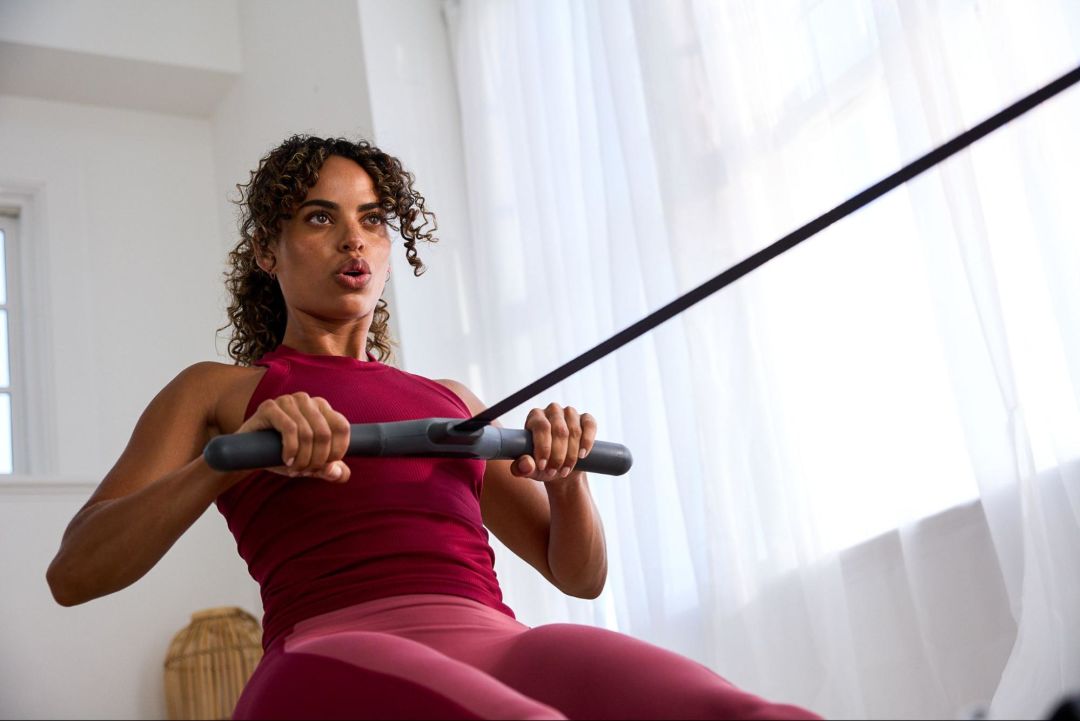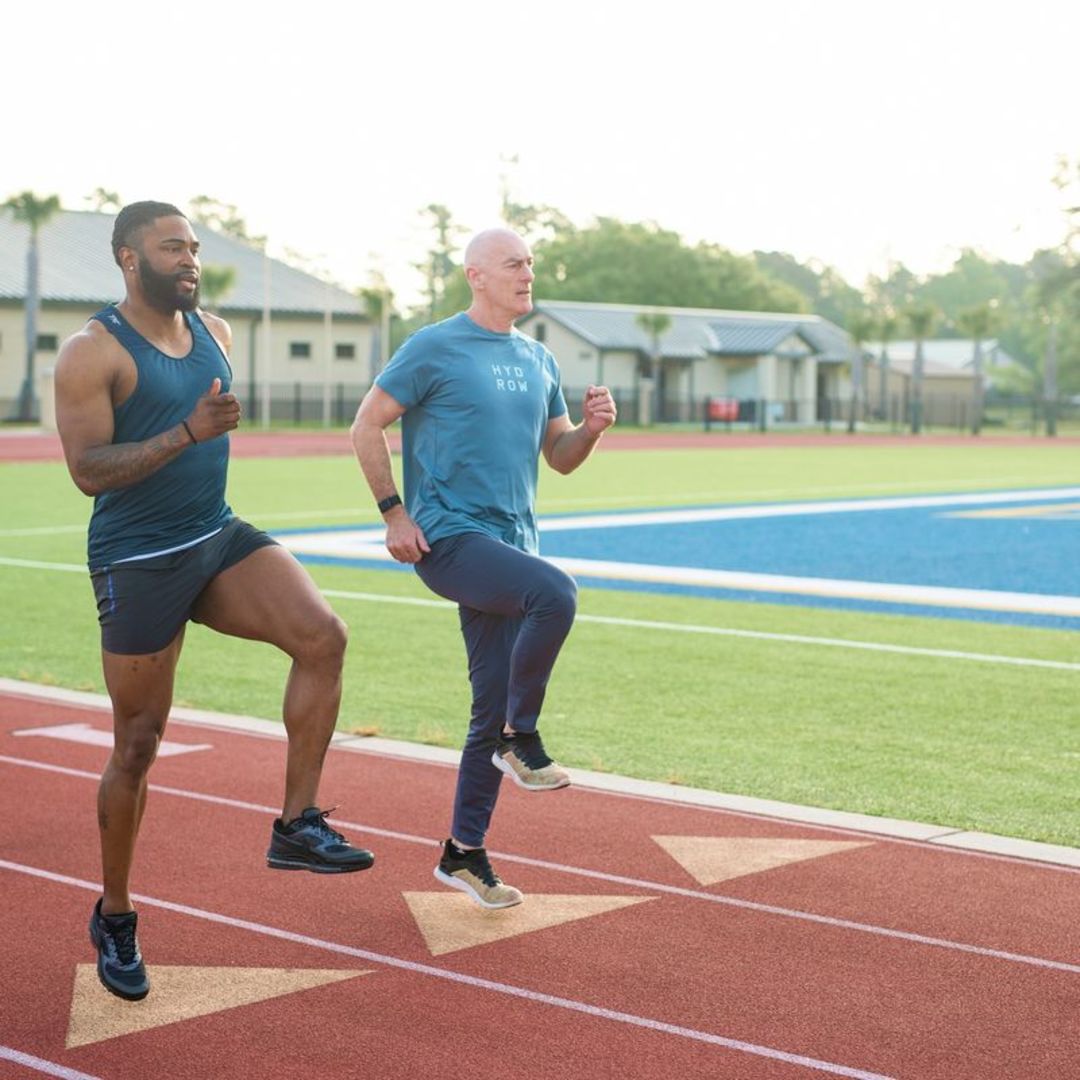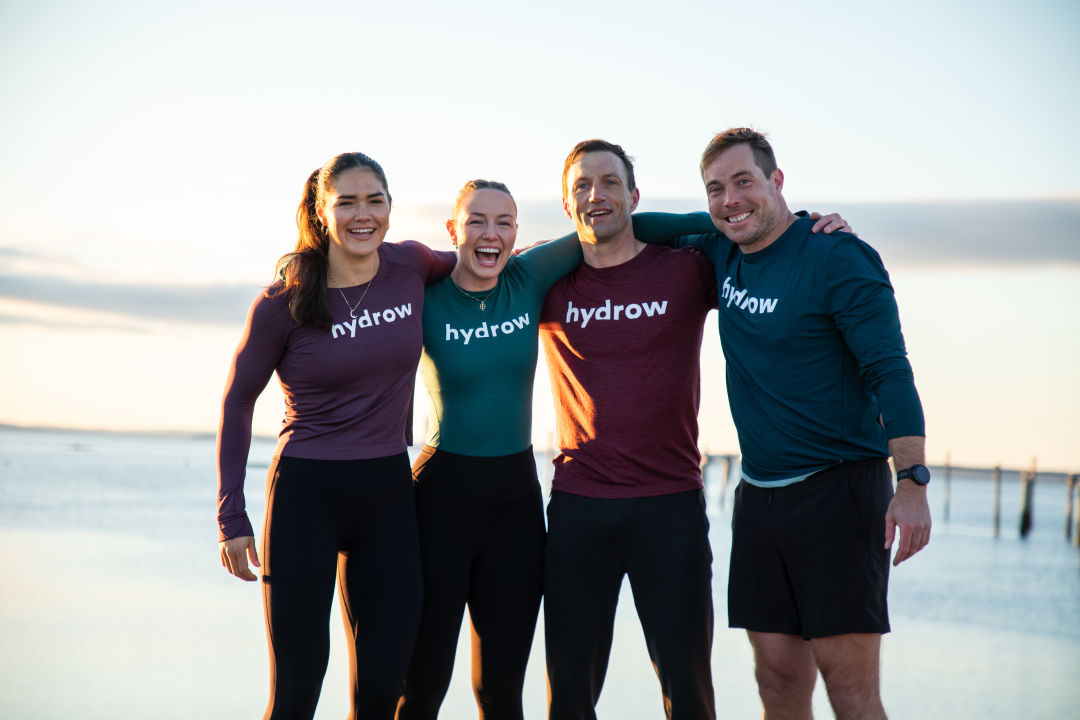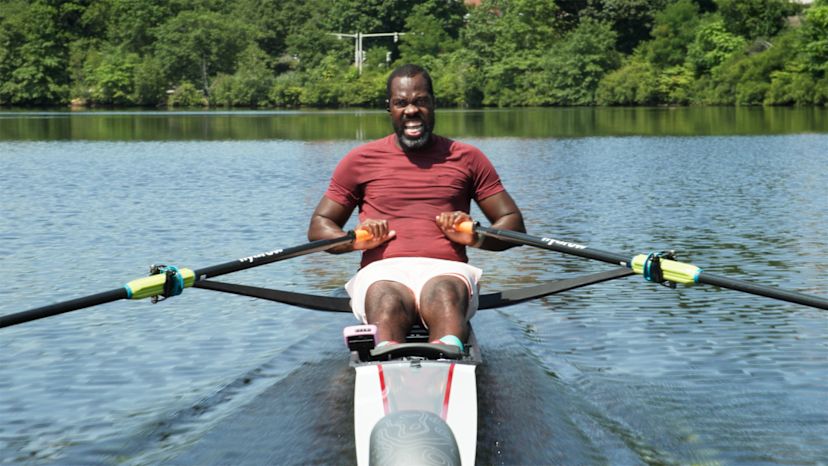Low-Intensity Workouts vs. Low-Impact Workouts: What’s the Difference?

When it comes to fitness, there is a wide range of workout options available, each with its own set of benefits and considerations. Two popular approaches that are often discussed are low-intensity workouts and low-impact workouts. While these terms may sound similar, they refer to two distinct aspects of exercise.
In this blog post, we will delve into the differences between low-intensity workouts vs. low-impact workouts, exploring what each term means, providing examples, and highlighting the unique benefits each offers. By the end, you will have a clearer understanding of these approaches, enabling you to make an informed decision about which type of workout best aligns with your fitness goals and preferences.
Let's explore:
Let’s get started!
Your guide to low-impact workouts
What does low-impact mean?
Low-impact workouts are exercises that minimize stress and strain on the joints and connective tissues of the body. These workouts typically involve maintaining at least one foot in contact with the ground at all times, which reduces the impact forces transmitted through the body.
Low-impact exercises are gentle on the joints, making them ideal if you are recovering from an injury or have joint pain or arthritis.
Examples of low-impact workouts
If you’re trying to decide which types of low-impact workouts to incorporate into your exercise routine, the following are examples of low-impact workouts:
Walking: Walking is a simple yet effective low-impact exercise that can be easily incorporated into your daily routine.
Cycling: Whether on a stationary bike or outdoors, cycling provides a low-impact cardiovascular workout that is gentle on the joints.
Rowing: Whether on the water or on an indoor rowing machine, rowing is a full-body exercise that burns calories while being easy on your joints.
Swimming: Water-based exercises, such as swimming and aqua aerobics, offer the benefits of resistance training without putting excessive strain on the joints.
Yoga: Yoga combines gentle stretching and strength-building exercises, promoting flexibility and balance while being low-impact.

Efficient and Effective
Work 86% of your muscles in just 20 minutes with a Hydrow rowing machine.
The benefits of low-impact workouts
Low-impact workouts offer many benefits, including:
Improved cardiovascular health: Many low-impact activities provide cardiovascular benefits, helping to strengthen the heart and improve overall endurance.
Reduced joint stress: Low-impact exercises help to protect the joints, making them suitable for individuals with conditions like osteoarthritis.
Lower risk of injury: By minimizing the impact on the joints and connective tissues, low-impact workouts decrease the risk of exercise-related injuries.
Your guide to low-intensity workouts
What are low-intensity workouts?
Low-intensity workouts, on the other hand, refer to exercises that are performed at a relatively lower level of exertion when compared to high-intensity workouts. These workouts involve maintaining a moderate heart rate and breathing rate without pushing the body to its maximum capacity.
Low-intensity exercises are often recommended for fitness beginners, those seeking to recover from intense training, or individuals with certain health conditions.

What’s your fitness style?
Take our quiz and receive a customized 14-day training program.
Examples of low-intensity workouts
Brisk walking: One popular low-intensity workout is walking at a comfortable pace that raises your heart rate slightly.
Tai chi: This ancient Chinese practice combines slow, flowing movements with deep breathing, promoting relaxation and mindfulness.
Pilates: Pilates workouts focus on core strength, flexibility, and controlled movements, making it a lower-intensity workout suitable for people of various fitness levels.
Gentle aerobics: Low-impact aerobic classes that emphasize a slower pace and lighter movements can be considered low-intensity workouts.
The benefits of low-intensity workouts
So, what are the perks of a low-intensity workout when compared to their high-intensity counterparts? The benefits of low-intensity workouts include:
Enhanced fat burning: These low-intensity workouts are a great way to burn calories and help facilitate fat loss.
Increased endurance: Regular low-intensity exercise can improve cardiovascular endurance and stamina over time.
Reduced stress levels: Low-intensity workouts can have a calming effect on the mind and body, promoting relaxation and stress reduction.

Explore Hydrow's library of 5,000+ rowing, circuit training, yoga, Pilates, and mobility workouts.
Combining low-impact and high-intensity workouts with rowing
If you’re looking for a workout that combines all the benefits of low-impact exercise with a higher-intensity workout, consider incorporating rowing into your fitness routine. This full-body workout combines cardiovascular endurance, strength, and coordination to provide both low-impact and high-intensity aspects, making it an excellent option if you’re looking for a challenging workout with reduced stress on your joints.
Rowing offers many benefits as a workout type, including:
Rowing is low-impact: As a non-weight-bearing exercise, rowing puts minimal strain on your joints while providing a high-intensity cardiovascular workout.
Rowing uses your entire body: This comprehensive workout promotes strength and muscle tone. A single rowing stroke engages multiple muscle groups, including your legs, core, back, and arms.
Rowing increases your endurance: By challenging the cardiovascular system, rowing improves aerobic capacity and your overall endurance.
Rowing burns calories: Rowing is an efficient calorie-burning activity that can aid in fat loss and improving overall cardiovascular fitness.
If you’re looking to get into rowing, be sure to check out Hydrow! Our indoor rowing machine and extensive workout library are perfect for those getting started with the sport.

Experience the most immersive and efficient total-body workout with Hydrow.
Low-intensity vs. low-impact workouts: Choosing the right approach
In summary, low-impact workouts focus on reducing stress to the joints, while low-intensity workouts prioritize exercising at a moderate level of exertion. Both approaches offer unique benefits and cater to different fitness goals and individual needs.
If you have joint pain, arthritis, or are recovering from an injury, low-impact workouts can provide a gentle and safe way to stay active and maintain cardiovascular health. These workouts are particularly suitable for individuals looking to protect their joints and minimize the risk of injury.
Low-intensity workouts are beneficial for those seeking to improve their cardiovascular endurance, burn fat, and gradually build strength. They are ideal for beginners or individuals who prefer a more relaxed approach to exercise.
For individuals looking for a challenging, full-body workout with low impact, rowing is an excellent option. It offers high-intensity cardiovascular exercise while minimizing stress on the joints.
Ultimately, the choice between low-impact, low-intensity workouts, or rowing depends on your personal circumstances, fitness goals, and preferences. It may also be beneficial to consult with a fitness professional or healthcare provider to determine the most appropriate approach for you.
Remember, consistency and enjoyment are key to a successful fitness routine. Finding a balance will help you maintain a sustainable exercise routine and reap the rewards of improved health and well-being.
Understanding the distinction between low-intensity workouts, low-impact workouts, and the sport of rowing empowers individuals to make informed decisions about their fitness routines. Whether you choose low-impact workouts to protect your joints, low-intensity workouts to enhance endurance, or rowing to combine low-impact and high-intensity exercise, each approach provides valuable benefits. Experiment, listen to your body, and discover the workout styles that suit you best, as achieving a healthy and active lifestyle is a journey unique to each individual.

Explore Hydrow
Learn more about how you can transform your fitness routine with a rowing machine.






